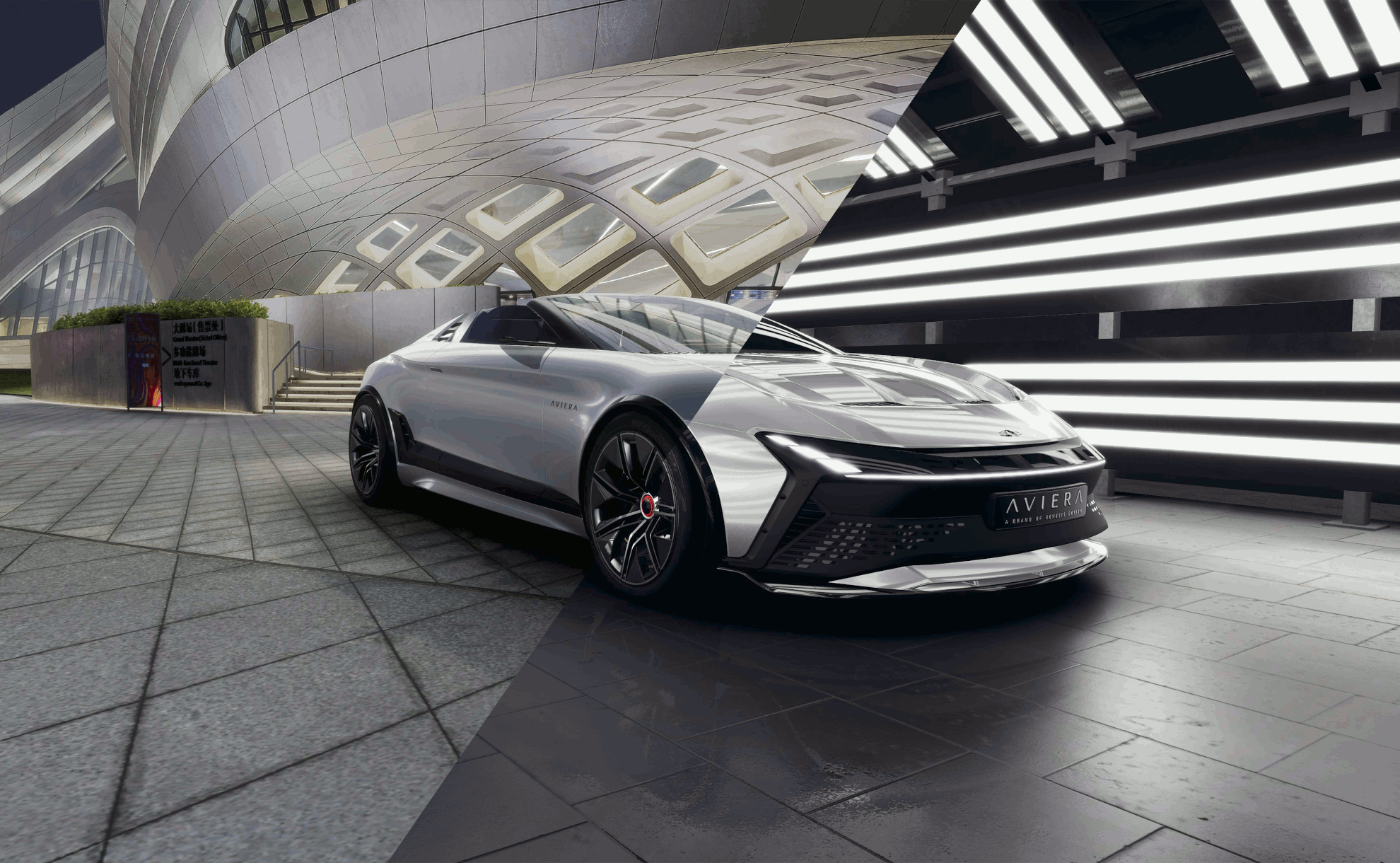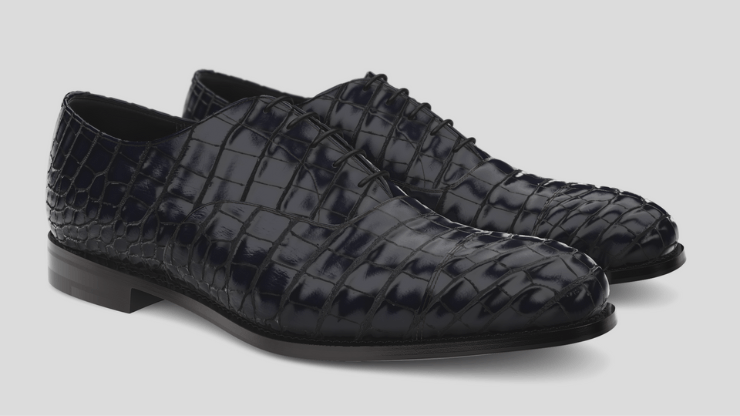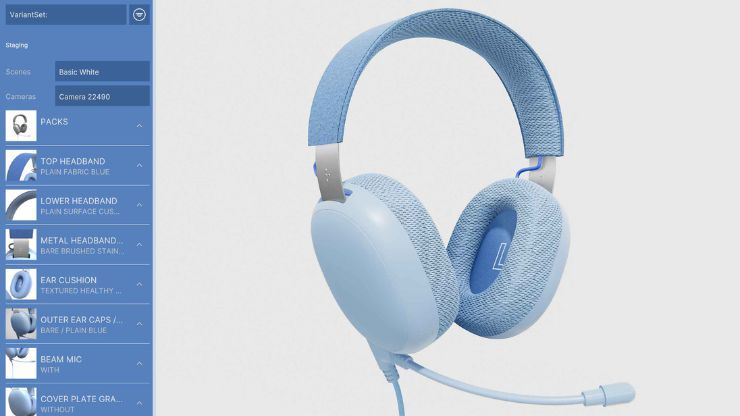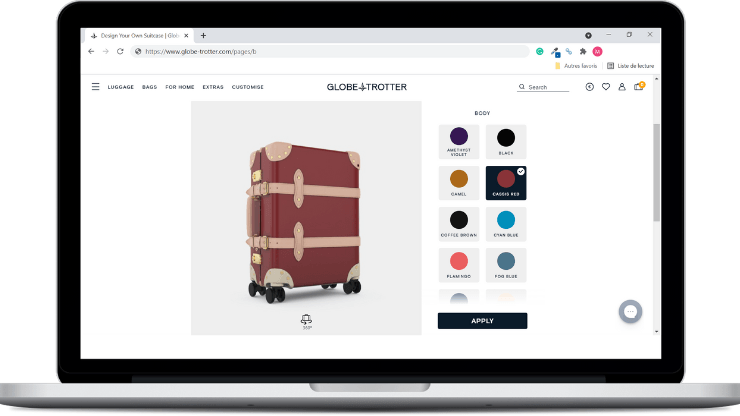
3D product configurators

Why use a 3D product configurator
Interactive configurators empower customers to explore a product and discover, decide and purchase the features that matter most to them.
Customers exploring a fully interactive product tend to:
- Reach a buying decision faster
- Select higher value options
- Get a better understanding of what they are buying
- Spend more time connecting with the brand
3D product configurators are created using digital twins of products, and deployed across multiple industries, from automotive and manufacturing to high-end fashion, luxury accessories and more.
High Definition Render Pipeline (HDRP)
One of Unity’s prebuilt scriptable rendering pipelines, HDRP delivers high-fidelity graphics on high-end hardware, including web browsers. HDRP offers the highest rendering quality and includes features like real-time ray tracing.
HDRP provides advanced 3D real-time rendering technologies optimized for PC (Windows/Mac/Linux/VR).
Universal Render Pipeline (URP)
Unity’s other prebuilt scriptable rendering pipeline, URP offers full platform reach on all devices supported by Unity, such as mobile (Android and iOS) and PC. By making tradeoffs in regard to lighting and shading (that is, it cannot be used in conjunction with HDRP), URP delivers powerful graphics and real-time performance on performance-constrained platforms.
WebGL
Universal Render Pipeline content can be deployed to the WebGL platform to run interactive experiences from Unity in a web browser, as you can see in the product configurator above. WebGL experiences are particularly effective on mobile devices.

Marketing with real-time 3D configurators
There’s an easier way to successful marketing content production. Discover how you can accelerate customer engagement, boost conversion with interactive 3D configurators, virtual showrooms, and more.
Benefits of real-time 3D configurators
Boost sales
Accelerate the sales cycle with interactive product configurators that better engage customers and improve sales conversions.
Significant cost savings
Reduce costs by eliminating duplication of work. A centrally managed product configurator 3D model enables easy sharing of updates with global teams, agencies and other partners.
Reach your audience everywhere
Publish configurators to multiple channels, including mobile devices and web browsers via cloud streaming or WebGL. Visual quality and performance can be optimized for each platform, ensuring a great customer experience.
Highly engaging customer experiences
Give customers the freedom to interactively explore your products in true-to-life visual quality. Drive greater engagement and conversion by empowering them to discover your product and find their favorite configuration.
Real-time 3D configurators in action

6 must-see configurators
Brands across industries are reaping the rewards of greater engagement, conversion, and changing the way consumers buy.
Image courtesy of SmartPixels

Unlocking 3D marketing for everyone
Consumer electronics company Onanoff challenges the common belief that only big industry players can afford cutting-edge real-time 3D configurator technology.

Engaging customers with personalization
Luxury luggage manufacturer Globe-Trotter delivered a digital marketing experience to help customers create one-of-a-kind memories.
Image courtesy of SmartPixels

Bring the power of 3D product configurators to your marketing with Unity Industry.